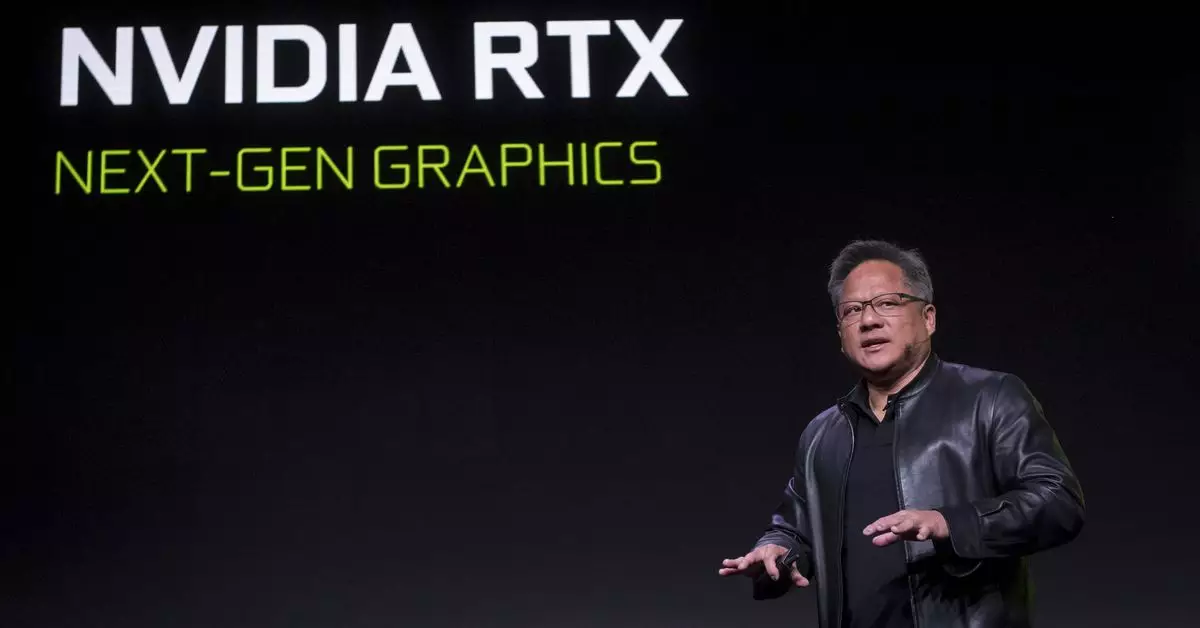As the world of technology gears up for the highly awaited Consumer Electronics Show (CES) 2025, all eyes are on Nvidia’s CEO, Jensen Huang. Taking the stage on January 6th at 6:30 PM PT, Huang’s keynote is poised to be a significant moment for both Nvidia and the broader tech community, occurring just ahead of the show’s official opening in Las Vegas. The anticipation surrounding this event is not solely due to Huang’s charismatic presence but also the myriad of innovations being rumored for disclosure.
One of the most buzzed-about topics is Nvidia’s next-generation GPUs, rumored to be making their debut imminently. Speculation indicates that Huang may unveil details about the RTX 50-series, including the flagship RTX 5090. Recent reports suggest this new GPU could feature a staggering 32GB of VRAM, which would represent a significant leap in graphics performance. This aligns with Nvidia’s historical pattern of advancing hardware capabilities, promising enthusiasts and professionals alike an exceptional upgrade in processing power.
Sources hint that Huang may also reveal insights into Nvidia’s Blackwell architecture, which is expected to be the foundation of these upcoming GPUs. As the gaming and professional graphics industries continue to evolve, the need for higher performance equipment is paramount. Nvidia’s commitment to meeting these demands is critical, especially given the increasing complexity of modern gaming and graphical applications.
It has been over two years since Nvidia launched the RTX 40-series of GPUs, marking a significant time in which consumers have grown accustomed to the current state of gaming technology. This prolonged period has bred anticipation, coupled with growing expectations for the forthcoming hardware. The tech community is eager not just for new products, but for innovations that can push boundaries in real-time rendering and machine learning.
Moreover, rumors suggest that both the RTX 5090 and RTX 5080 might be announced simultaneously. Such a dual release strategy could quickly establish a new standard for GPU performance in the market. Reports imply that GDDR7 memory will be utilized in these upcoming products, indicating that Nvidia is not just focused on quantity but is also emphasizing quality and efficiency in its advancements.
Annually, Huawei’s affiliation with the Consumer Technology Association (CTA) strengthens its role as a vital player in the tech industry. After a successful showcase at CES 2024—where Nvidia presented a “special address”—expectations are high. Huang’s upcoming keynote is anticipated to not only discuss groundbreaking advancements but also revisit the AI hardware and software innovations that have vastly improved Nvidia’s market valuation to an impressive $3 trillion.
This keynote is more than just a platform for revealing new products; it signals Nvidia’s vision for the future of technology. As we move forward to January 2025, it’s clear that Huang’s address might redefine industry standards while nourishing insights into the company’s roadmap. The implications of these developments will undoubtedly resonate throughout the tech landscape, making CES 2025 a pivotal occasion for both industry insiders and avid consumers.


Leave a Reply